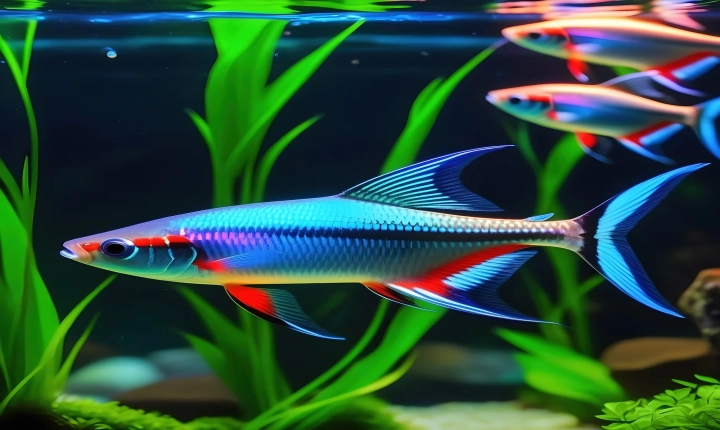Title: How to Generate an AI Image: A Step-by-Step Guide
In recent years, artificial intelligence (AI) has made significant advancements in the field of image generation. Thanks to deep learning algorithms and generative models, it is now possible to create realistic and convincing images using AI. Whether you are a digital artist, a photographer, or simply interested in exploring the creative potential of AI, generating images with artificial intelligence can be an exciting and rewarding endeavor. In this article, we will explore the process of generating an AI image, and provide a step-by-step guide to get started.
Step 1: Choose a Generative Model
There are several generative models that can be used for image generation, with the most popular ones being Generative Adversarial Networks (GANs) and Variational Autoencoders (VAEs). GANs are composed of two neural networks: a generator, which creates the images, and a discriminator, which evaluates the generated images for realism. VAEs are trained to generate new images by learning the statistical properties of the input data. Depending on the specific requirements and objectives of your project, you can choose the model that best suits your needs.
Step 2: Gather and Preprocess Data
The next step involves gathering and preprocessing the data that will be used to train the generative model. This typically involves collecting a large dataset of images that represent the visual style or characteristics you want to emulate. For example, if you want to generate AI images of landscapes, you might collect a diverse set of landscape photographs. It is important to ensure that the images are clean, well-lit, and of high quality, as the quality of the training data will directly impact the quality of the generated images.
Step 3: Train the Model
Once you have gathered and preprocessed the training data, you can begin training the generative model. This involves feeding the dataset into the model and allowing it to learn the underlying patterns and features of the images. The training process can be time-consuming and resource-intensive, requiring a high-performance computer with a capable GPU. Depending on the complexity of the model and the size of the dataset, training can take several hours or even days.
Step 4: Generate Images
After the generative model has been trained, you can start generating images. This typically involves providing input to the model, such as a random vector or a set of latent variables, and using the model’s generator to create new images based on the learned patterns. The generated images can be further refined and manipulated to achieve the desired aesthetic and visual style.
Step 5: Evaluate and Refine
It is important to evaluate the quality of the generated images and refine the model if necessary. This can involve assessing factors such as image sharpness, color fidelity, and overall realism. Depending on the feedback and evaluation of the generated images, you may need to further refine the training data, adjust the model’s architecture, or fine-tune the parameters to improve the quality of the generated images.
In conclusion, generating AI images is a fascinating process that combines artistic creativity with the power of artificial intelligence. By choosing a suitable generative model, gathering and preprocessing data, training the model, and refining the generated images, you can create compelling and visually stunning AI-generated artwork. As AI continues to advance, the possibilities for image generation are only limited by our imagination, and the potential for creativity and innovation in this field is truly boundless.
